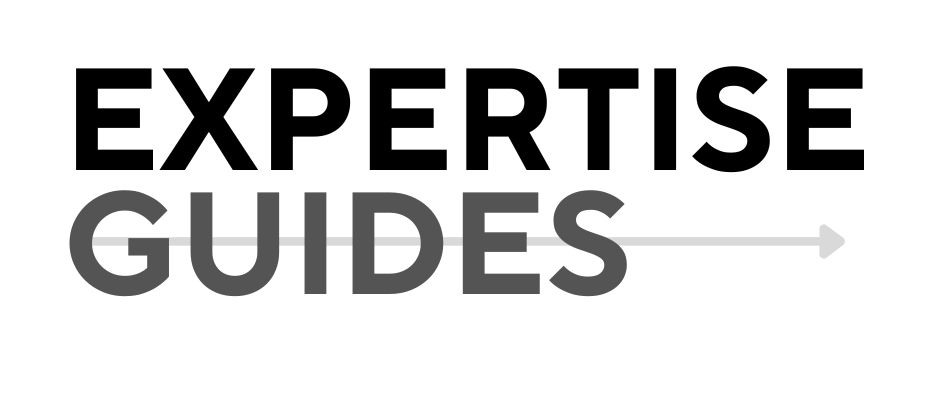Summary: Discover unique strategies to optimize the customer journey for business coaches and consultants, challenging traditional linear approaches.
Information Type: Cheat Sheets
Disrupting the Customer Journey: Unconventional Strategies for Business Coaches and Consultants
I. Introduction: The Myth of the Linear Customer Journey
The traditional view of the customer journey often depicts a straightforward, linear path from awareness to purchase. This approach suggests a predictable sequence of steps leading to customer acquisition.
However, for business coaches and consultants, this linear approach is not only outdated but also ineffective. In today’s dynamic market, clients rarely follow a straight path. They interact with multiple touchpoints, revisit stages, and make decisions influenced by various factors.
In this article, we will explore unconventional strategies that embrace the complexity and non-linearity of the customer journey, providing fresh insights for optimizing your approach.
II. Embracing Chaos: The Non-Linear Customer Journey
The reality of modern customer decision-making is far from linear. Clients often move back and forth between stages, influenced by multiple interactions and external factors.
Chaos theory can be applied to the customer journey, recognizing that small changes in one area can have significant impacts elsewhere. This approach encourages flexibility and adaptability, allowing coaches and consultants to respond to clients’ needs in real-time.
By embracing a non-linear journey, you can create a more personalized and engaging experience for your clients, ultimately leading to higher satisfaction and retention.
III. Reverse Engineering Success: Starting with the End in Mind
One unconventional strategy is to reverse engineer the customer journey by starting with the end in mind. Instead of focusing solely on acquisition, begin by envisioning the ideal outcome—client retention and satisfaction.
Flipping the funnel involves designing touchpoints backward from this desired outcome. By prioritizing retention, you can identify key moments that foster long-term relationships.
For example, a consultant who tripled client retention used this method by mapping out every interaction needed to maintain engagement and satisfaction.
IV. The Power of Selective Friction: When Obstacles Become Assets
Contrary to popular belief, removing all friction from the customer journey isn’t always beneficial. Strategic use of selective friction can actually enhance the customer experience by qualifying and engaging potential clients more effectively.
Think of friction points as opportunities to gauge commitment and interest. By incorporating these into your journey, you can filter out less motivated prospects and focus on those who are truly invested.
Examples of effective friction points include detailed questionnaires, requiring initial consultations, or setting clear expectations upfront. These obstacles can help ensure that only serious clients move forward, leading to more meaningful and productive engagements.
V. Conclusion: Implementing Your Disrupted Customer Journey
To recap, key unconventional strategies for optimizing the customer journey include:
- Embracing a non-linear approach
- Reverse engineering the customer journey
- Utilizing selective friction to enhance engagement
As a business coach or consultant, you can apply these concepts by mapping out your customer journey with flexibility and intentional touchpoints.
Download our “Disruptor’s Cheat Sheet: Quick Reference Guide for Optimizing Your Customer Journey” to gain actionable insights and tools for implementing these strategies.
Downloadable Content: “The Disruptor’s Cheat Sheet: Quick Reference Guide for Optimizing Your Customer Journey”
This cheat sheet includes:
1. Key principles of the non-linear customer journey
2. Checklist for reverse engineering your customer journey
3. Table of strategic friction points and their benefits
4. Quick tips for implementing unconventional strategies
5. Metrics to track for measuring success of your disrupted journey
By challenging traditional assumptions and embracing innovative approaches, you can create a more effective and engaging customer journey for your clients.
Follow me for more insights, comment with your thoughts, and share this article to spread the knowledge!


